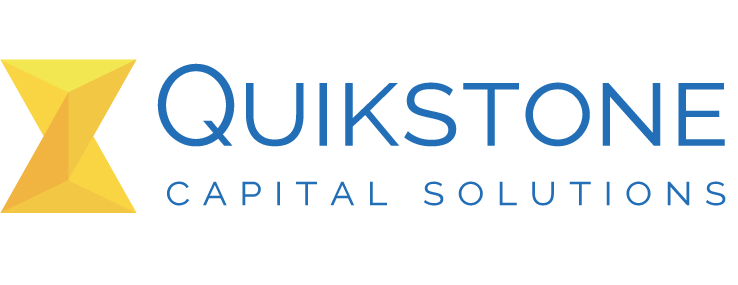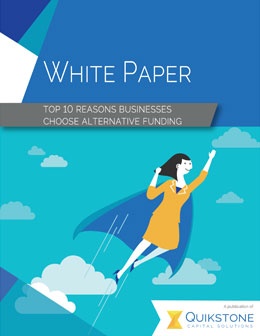 You can't drive down a busy street today without seeing an endless row of help-wanted signs. The competition for hiring is red hot, with businesses forced to increase wages, offer bonuses and benefits to attract and keep their employees.
You can't drive down a busy street today without seeing an endless row of help-wanted signs. The competition for hiring is red hot, with businesses forced to increase wages, offer bonuses and benefits to attract and keep their employees.
Business owners can recoup these labor costs through the Employee Retention Credit (ERC), a little-known federal program that provides up to $7,000 per employee per quarter as a cash refund of employment taxes paid. The program covers the period from the beginning of the pandemic through the rest of 2021.
While the Paycheck Protection Program or PPP initially captured the headlines, the Employee Retention Tax Credit mainly went unnoticed. That changed in March 2021 when updated IRS regulations made this type of COVID-19 relief more accessible to small and midsized businesses. Through the ERC, SMBs can get cash directly from the federal government based on a percentage of wages paid to their employees.
How much can I qualify for?
Eligible businesses in 2021 can claim as much as 70% back on up to $10,000 in wages paid to employees, or a maximum amount of $7,000 per employee for each quarter of the calendar year. The refund can also be claimed retroactively for 2020 as 50% of the first $10,000 in wages, or $5,000 per employee. It adds up to a potential total of $33,000 in cash back per employee.
As a "refundable" tax credit, claimants can receive a refund greater than the payroll taxes initially paid in, making the per-employee maximum amounts very attainable. The refund process for closed periods involves an amended quarterly payroll tax form (941-X); for an open quarterly payroll period, a business can elect to complete an advance payment Form 7200 and then claim the ERC on the standard quarterly 941 filings.
Stephen Swanick, CEO of ERC Today, says, “The process of identifying the maximum amount of qualifying wages can be incredibly complex and time-consuming for a small business owner." There are well over 100 pages of IRS rules that cover the ERC. Forms submitted to the IRS with inaccurate information can lead to audits, interest, and penalties. That's where companies like ERC Today come in. They do the heavy lifting, assisting businesses with their application which can be overwhelming for an SMB.
Consider these questions.
- What are the criteria to be an eligible employer?
- What is considered "qualifying wages"?
- How do you calculate the amount of the credit for your business?
- How does an employer take advantage of the ERC when other credits or relief provisions are claimed (PPP or EIDL)?
These are just a few of the questions that businesses must address to complete the ERC application and why many SMB's may need assistance in completing the process.
Once all the paperwork is completed and submitted, it can take six months or more for a business to receive its funds.
Do you want to get help navigating the ERC? Contact ERC Today to learn more.




